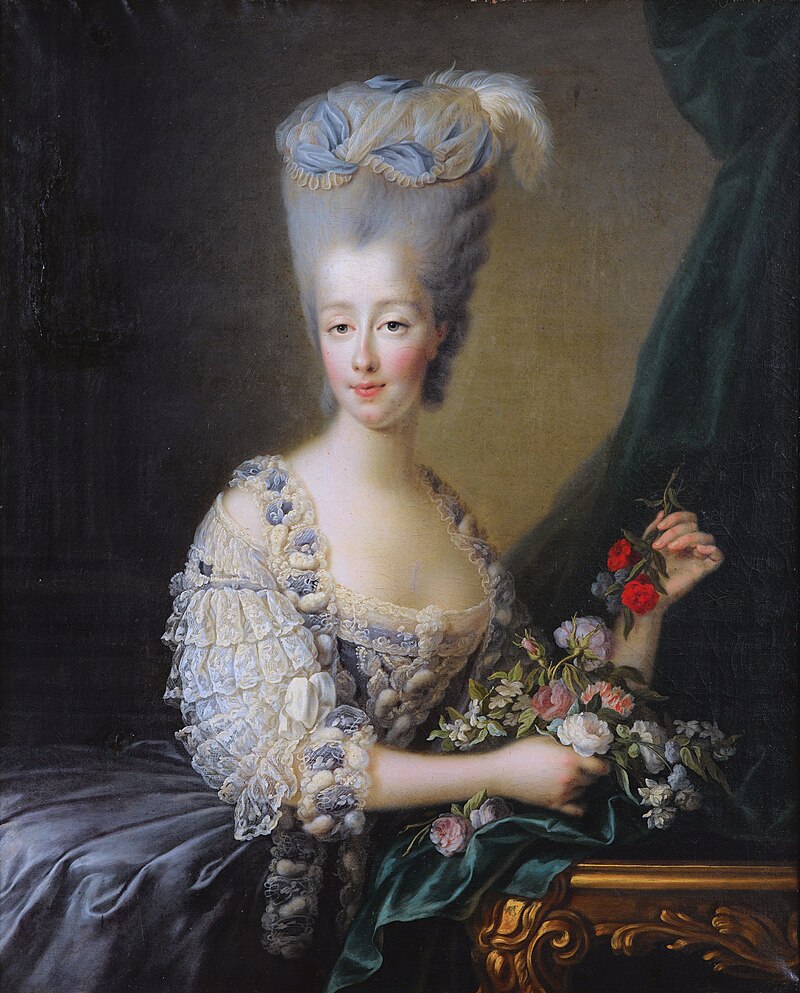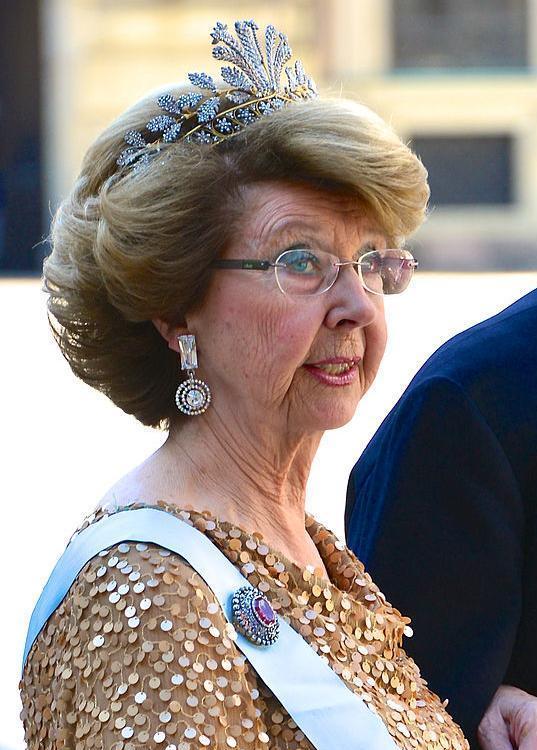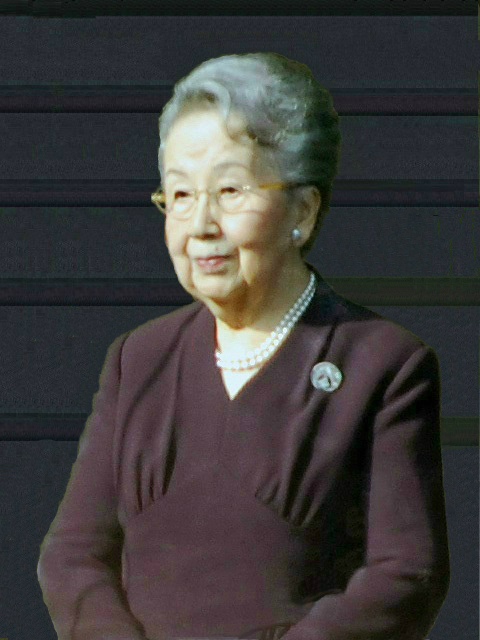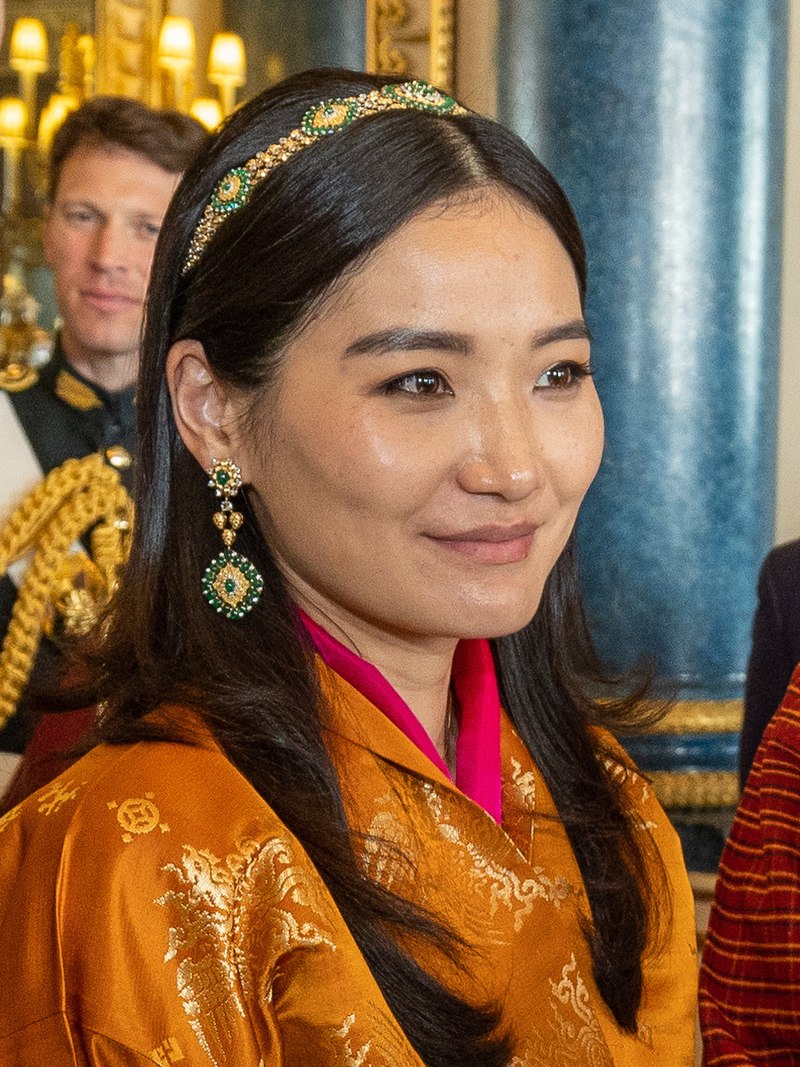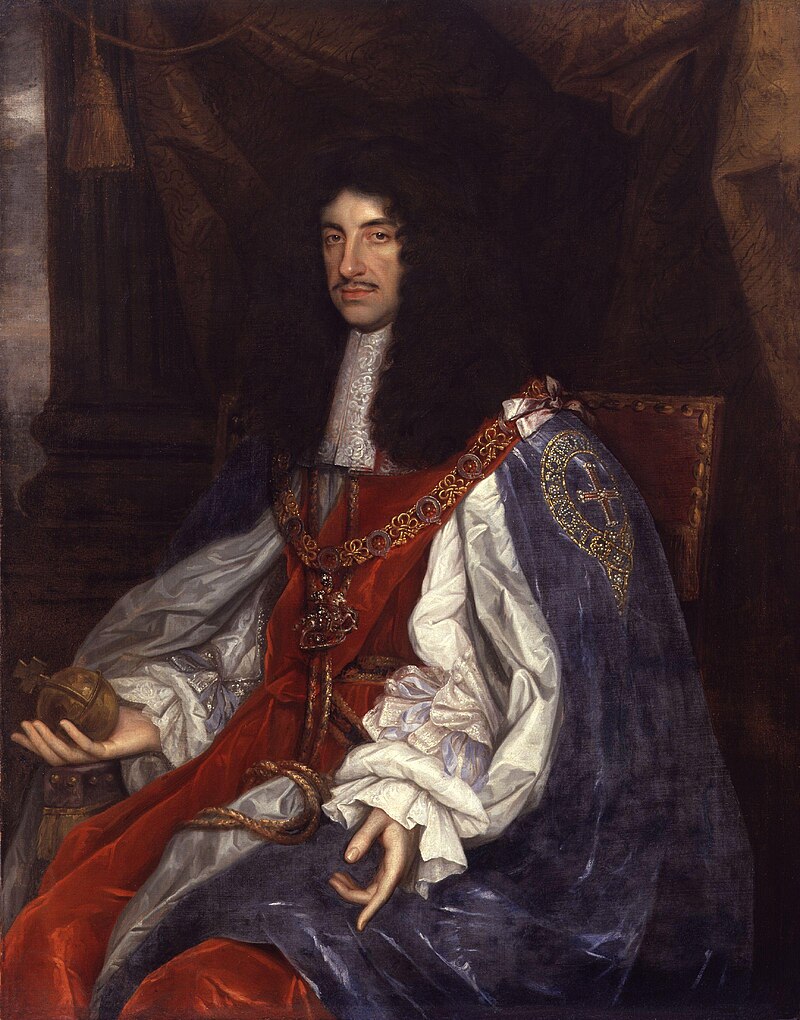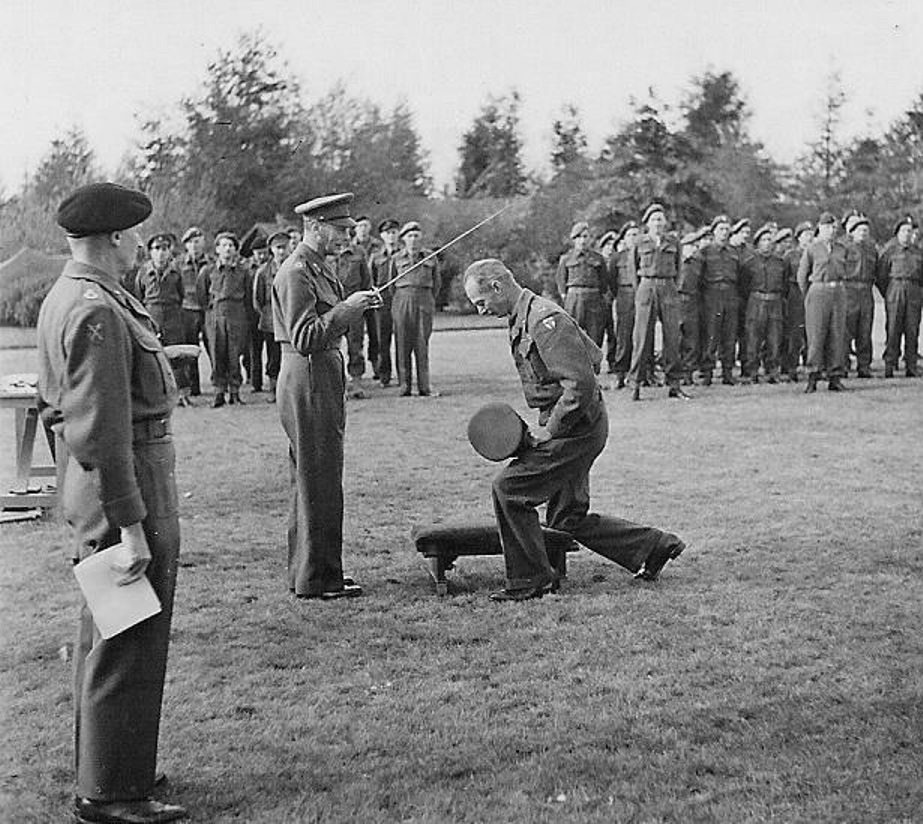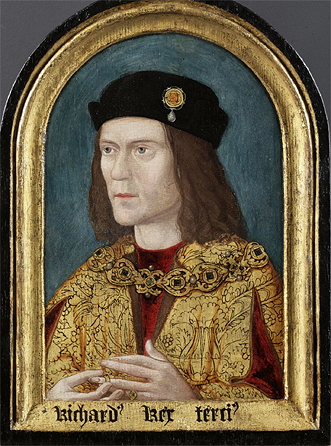© Unofficial Royalty 2024
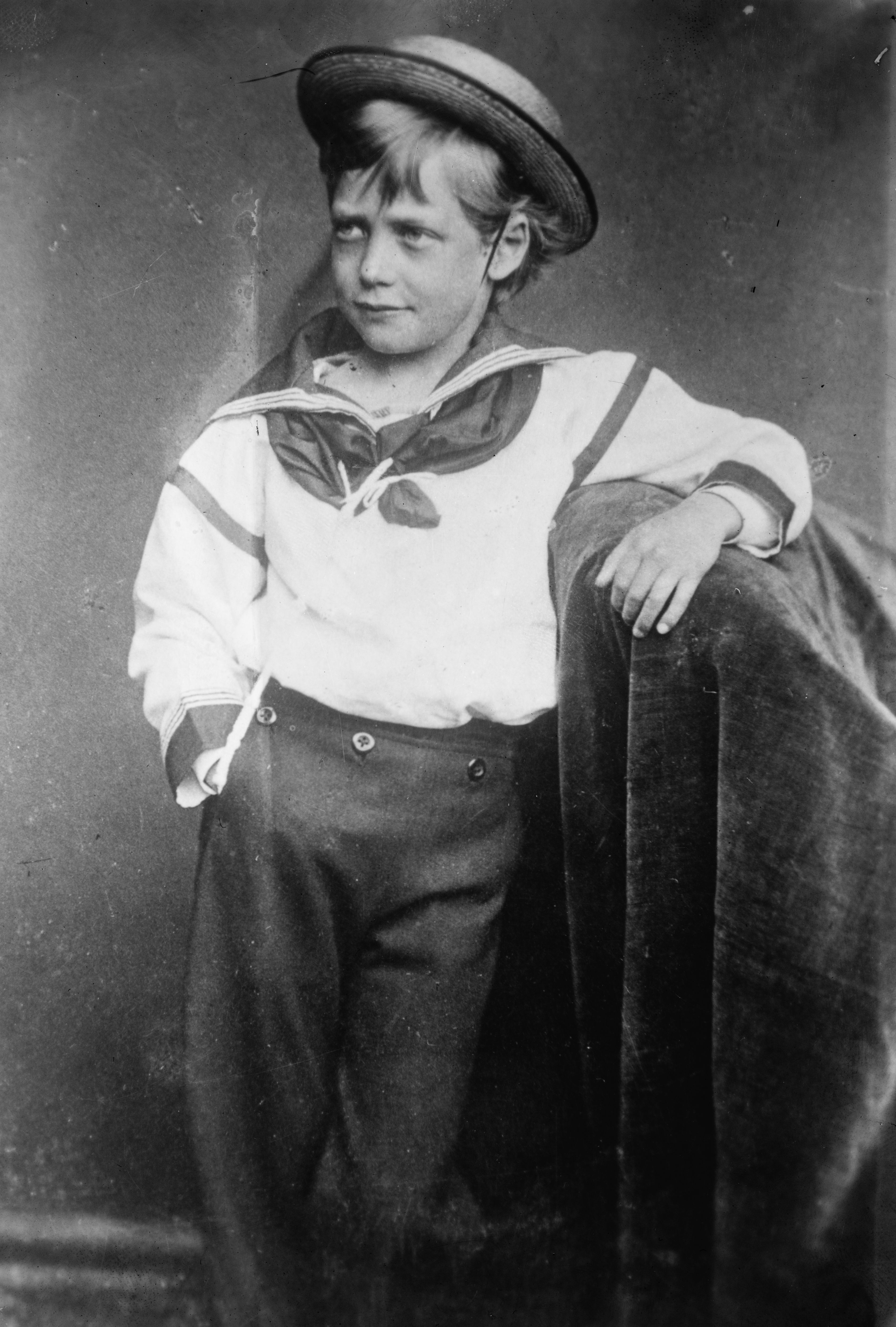
King George V of the United Kingdom; Credit – Wikipedia
June 3, 1822 – Birth of Archduchess Adelheid of Austria, Queen of Sardinia, first wife of King Vittorio Emanuele II of Sardinia (the future first King of Italy), at the Royal Palace of Milan in the Austrian-Hungarian Empire, now in Italy
Full name: Adelheid Franziska Marie Rainera Elisabeth Clotilde
At the time of her marriage, Adeleheid’s husband Vittorio Emanuele was heir to the Sardinian throne and held the title Duke of Savoy. She became Queen of Sardinia following her father-in-law’s abdication and her husband’s accession to the throne. However, she died before her husband became King of Italy.
Unofficial Royalty: Archduchess Adelheid of Austria, Queen of Sardinia
June 3, 1843 – Birth of King Frederik VIII of Denmark at the Yellow Palace in Copenhagen, Denmark
Full name: Christian Frederik Wilhelm Carl
Frederik VIII and his wife Louise of Sweden are the ancestors of several royal families besides the Danish royal family. Their son Carl was elected King of Norway and reigned as King Haakon VII. Their daughter Ingeborg was the mother of Märtha who married her first cousin King Haakon VII of Norway. However, Märtha died before her husband became king. Ingeborg was also the mother of Astrid, the first wife of Leopold III, King of the Belgians. Astrid’s daughter Josephine-Charlotte married Grand Duke Jean of Luxembourg.
Unofficial Royalty: King Frederik VIII of Denmark
June 3, 1844 – Death of Louis-Antoine of France, Duke of Angoulême (Legitimist pretender as King Louis XIX of France), son of King Charles X of France, in Görz, Austria; buried with his father in the church of the Franciscan monastery of Kostanjevica near Görz, now Nova Gorica, Slovenia
After the storming of the Bastille in 1789, King Louis XVI insisted that Charles-Philippe, his youngest brother and the father of Louis-Antoine, and his family leave France to be sure that one close relative would be free to act as a spokesman for the monarchy. Louis-Antoine was the last Dauphin of France and was technically King of France for less than twenty minutes, after his father abdicated and before he himself abdicated. After his father’s death, he was the Legitimist pretender to the French throne and is sometimes known as King Louis XIX. Louis-Antoine married his first cousin Marie-Thérèse of France, the only surviving child of the executed King Louis XVI and Marie Antoinette.
Unofficial Royalty: Louis Antoine of France, Duke of Angoulême
June 3, 1865 – Birth of King George V of the United Kingdom at Marlborough House in London, England
Full name: George Frederick Ernest Albert
During World War I, on July 17, 1917, King George V issued a proclamation changing the name of the British Royal Family from the German Saxe-Coburg and Gotha to the English Windsor, due to the anti-German sentiment. All George’s British relatives relinquished their German titles and styles and adopted British-sounding surnames. The king compensated his male relatives by creating them British peers. All this led George’s first cousin Wilhelm II, German Emperor to remark that he would attend a performance of Shakespeare’s “Merry Wives of Saxe-Coburg” at the earliest opportunity.
United Kingdom: King George V of the United Kingdom
June 3, 1869 – Birth of Prince Baudouin of Belgium at the Palais de la Régence in Brussels, Belgium
Full name: Baudouin Léopold Philippe Marie Charles Antoine Joseph Louis
Baudouin was the son of Philippe, Count of Flanders, the second son of Leopold I, King of the Belgians. He was considered the heir of his uncle Leopold II, King of the Belgians who had no living male heirs. In early 1891, Baudouin became ill with influenza that had made its way through most of the members of his family. He likely caught the illness from his sister Henriette, whom he insisted on visiting during her illness despite warnings from doctors. Although at first, he appeared to be weathering the illness better than his sister, Baudouin’s condition suddenly deteriorated on January 22, 1891. He died early the following morning at the age of 21. The country of Belgium was plunged into mourning for their promising prince. Parliament was adjourned, theaters and libraries were closed, and mourning was ordered until the beginning of the spring. His younger brother later became Albert I, King of the Belgians.
Unofficial Royalty: Prince Baudouin of Belgium
June 3, 1877 – Death of Sophie of Württemberg, Queen of the Netherlands, first wife of King Willem III of the Netherlands, at Huis ten Bosch, in The Hague, The Netherlands; buried at Nieuwe Kerk in Delft, The Netherlands
The marriage of Sophie and Willem was unsuccessful. Willem had numerous extramarital affairs and had numerous illegitimate children. Sophie thought him inferior to her and unfit to serve as king. She tried to divorce her husband, but because of national interests, this was impossible. In 1855, an agreement was made that Sophie would have her own quarters at Noordeinde Palace and that she would spend the summers at Huis ten Bosch Palace without her husband. In accordance with her wishes, Sophie was buried in her wedding dress because she considered that her life had ended on the day she married Willem.
Unofficial Royalty: Sophie of Württemberg, Queen of the Netherlands
June 3, 1880 – Death of Marie of Hesse and by Rhine, Empress Maria Alexandrovna of Russia, first wife of Alexander II, Emperor of All Russia, at the Winter Palace in St. Petersburg, Russia; buried at the Peter and Paul Cathedral in St. Petersburg, Russia
Maria Alexandrovna had a close relationship with her brother Prince Alexander of Hesse and by Rhine, who had made a morganatic marriage with Countess Julia Hauke, one of his sister’s ladies-in-waiting. Their children were the start of the Battenberg (and later the Mountbatten) family. Maria’s frequent stays at her brother’s Hessian home Schloss Heiligenberg resulted in the subsequent marriage of Maria’s son Grand Duke Sergei Alexandrovich with Princess Elisabeth of Hesse and by Rhine, and also the marriage of Maria’s grandson Nicholas II, Emperor of All Russia with Princess Alix of Hesse and by Rhine.
Unofficial Royalty: Marie of Hesse and by Rhine, Maria Alexandrovna, Empress of All Russia
June 3, 1933 – Birth of Sheikh Isa bin Salman al-Khalifa, Emir of Bahrain in Al Jasra, Bahrain
Isa became Hakim of Bahrain upon the death of his father in 1961. In 1971, Bahrain declared its independence from the United Kingdom and signed a new treaty of friendship with the United Kingdom. Isa changed the title of the ruler of Bahrain to the Emir of Bahrain and appointed his brother Khalifa bin Salman al-Khalifa as the first Prime Minister of the newly sovereign country, the Emirate of Bahrain. Despite the fact he had dissolved Parliament in 1975 and took on absolute power, during Isa’s 38 years as Emir, Bahrain was transformed into a modern nation and became an important financial center in the Persian Gulf area. On March 6, 1999, 65-year-old Isa bin Salman al-Khalifa, Emir of Bahrain died of a heart attack just minutes after concluding a meeting with the United States Secretary of Defense William Cohen.
Unofficial Royalty: Sheikh Isa bin Salman al-Khalifa, Emir of Bahrain
June 3, 1937 – Wedding of Prince Edward, Duke of Windsor and Wallis Simpson at the Château de Candé in Monts, France
The Duke of Windsor had wanted his brothers Prince Henry, Duke of Gloucester and Prince George, Duke of Kent along with his close friend and second cousin Lord Louis Mountbatten (the future 1st Earl Mountbatten of Burma) to attend the ceremony but his brother King George VI forbade members of the royal family from attending. Instead, the marriage was witnessed by a small group of faithful friends. Major Edward Dudley Metcalfe, known as Fruity Metcalfe, the Duke of Windsor’s close friend and former equerry, served as best man. Wallis Simpson was given away by her friend Herman Rogers. When the Church of England refused to sanction the wedding, Reverend Robert Anderson Jardine, the Vicar of St Paul’s Church in Darlington, England, offered to perform the ceremony. When Reverend Jardine returned home to Darlington, he soon became aware that he had performed an act that the Church of England could not accept. He was forced to resign his position and under pressure, he left England and settled in California.
Unofficial Royalty: Wedding of Prince Edward, Duke of Windsor and Wallis Simpson
June 3, 1978 – Birth of Queen Suthida of Thailand, fourth wife of King Maha Vajiralongkorn of Thailand, born Suthida Tidjai in Hat Yai, Songkla, Thailand
Queen Suthida is the fourth wife of King Maha Vajiralongkorn. A former flight attendant, Suthida met her future husband, then Crown Prince of Thailand, in 2013, joined the palace guard later that year, and was promoted to deputy commander of the Crown Prince’s bodyguard unit in 2014. Suthida was linked romantically to the Crown Prince following his divorce from his third wife Srirasmi Suwadee in 2014. On May 1, 2019, just days before his coronation, King Vajiralongkorn surprisingly married Suthida and appointed her Queen.
Unofficial Royalty: Queen Suthida of Thailand
June 3, 1980 – Birth of Sheikh Tamim bin Hamad bin Khalifa Al Thani, Emir of Qatar in Doha, Qatar
As Crown Prince, Sheikh Tamim was instrumental in raising the international profile of Qatar, putting much of his focus on various sporting events. He is a member of the International Olympic Committee, as well as the chairman of the Qatar National Olympic Committee. He was a large part of the successful bid to bring the FIFA World Cup to Qatar in 2022. In 2013, his father Sheikh Hamad bin Khalifa Al Thani, Emir of Qatar announced his abdication and the accession of Sheikh Tamim as the new Emir of Qatar.
Unofficial Royalty: Sheikh Tamim bin Hamad bin Khalifa Al Thani, Emir of Qatar
June 3, 1984 – Birth of Prince Félix of Luxembourg, son of Grand Duke Henri of Luxembourg, at the Grand Duchess Charlotte Maternity Hospital in Luxembourg City, Luxembourg.
Full name: Félix Léopold Marie Guillaume
Félix is the second son of Grand Duke Henri of Luxembourg. In 2013, he married Claire Lademacher, and the couple had two children. The family lives in Lorgues, France, where Félix and Claire manage Château les Crostes, a winery owned by Claire and her father.
Unofficial Royalty: Prince Félix of Luxembourg
This article is the intellectual property of Unofficial Royalty and is NOT TO BE COPIED, EDITED, OR POSTED IN ANY FORM ON ANOTHER WEBSITE under any circumstances. It is permissible to use a link that directs to Unofficial Royalty.

